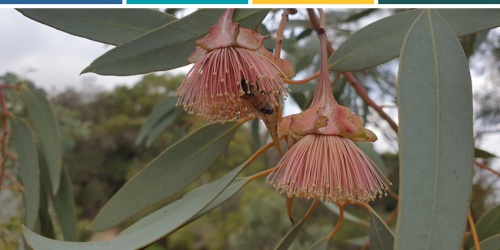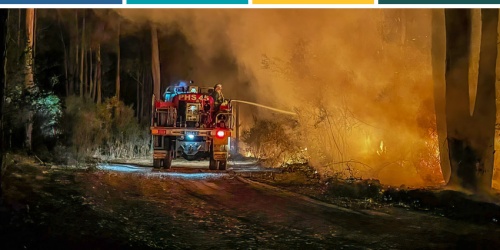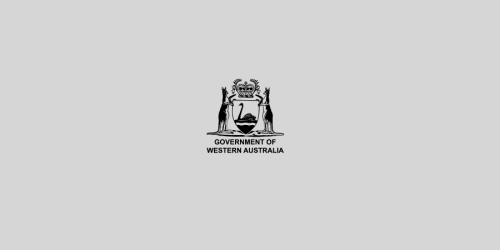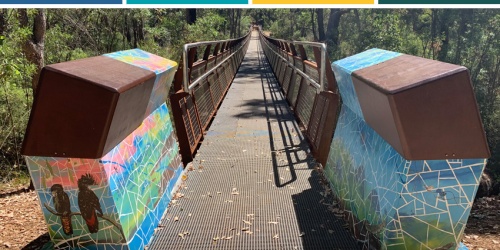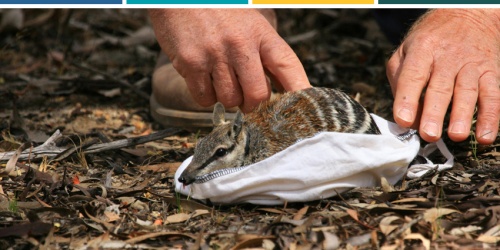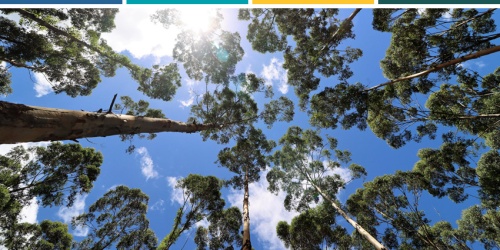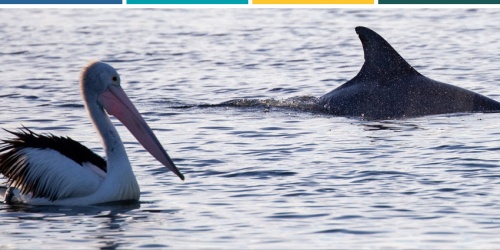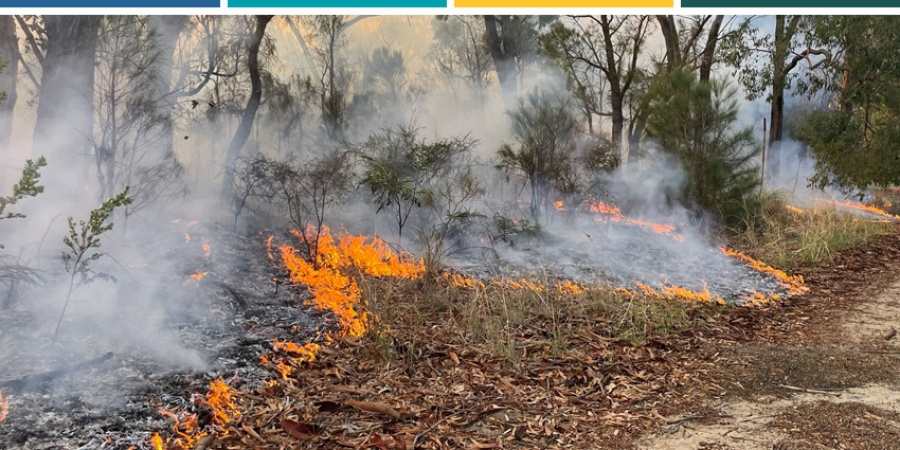
Service 9 is responsible for using prescribed fire to achieve community and asset protection and land, forest, and biodiversity management objectives. The department is committed to proactively reducing risk to the community and biodiversity from bushfire, through the application of prescribed fire and other bushfire risk mitigation actions.
Performance summary
Table 7: Service 9 performance summary
| 2021–2022 target | 2021–2022 actual | Variance | |
|---|---|---|---|
| Expenses by service | $52,990,000 | $51,905,000 | ($1,085,000) |
| Key efficiency indicator | |||
| Average cost per hectare burnt | $14.49 | $10.61 | ($3.88) |
| Key effectiveness indicator | |||
| Proportion of planned Priority 1 prescribed burns achieved | 55% | 37% | (18%) |
More information on these indicators can be found on the Disclosures and legal compliance page in the downloads section.
Prescribed burning performance measures
The department applies three performance measures when assessing effectiveness of the annual prescribed burning program for its south-west forest regions.
i. Annual prescribed burning targets for special land management zones (LMZs) in the department’s three south-west forest regions.
The zones (shown in Figure 4) are at the interface of populated areas and natural lands. Zoning is determined by distance from the urban interface. LMZ A extends 3.5km from a populated area. LMZ B extends a further 7.5km. LMZ C comprises the remainder of the department-managed landscape. LMZ C is further from populated areas but is traversed by infrastructure corridors of economic and public safety significance (for example powerlines and highways) and contains important biodiversity, recreational, timber production, water catchment and other values.
The prescribed burning targets for each zone are based on the proportion of department-managed land in that zone and are a portion of the nominal 200,000 hectares annual prescribed burning target for the south-west forest regions.
Figure 4: Land management zones
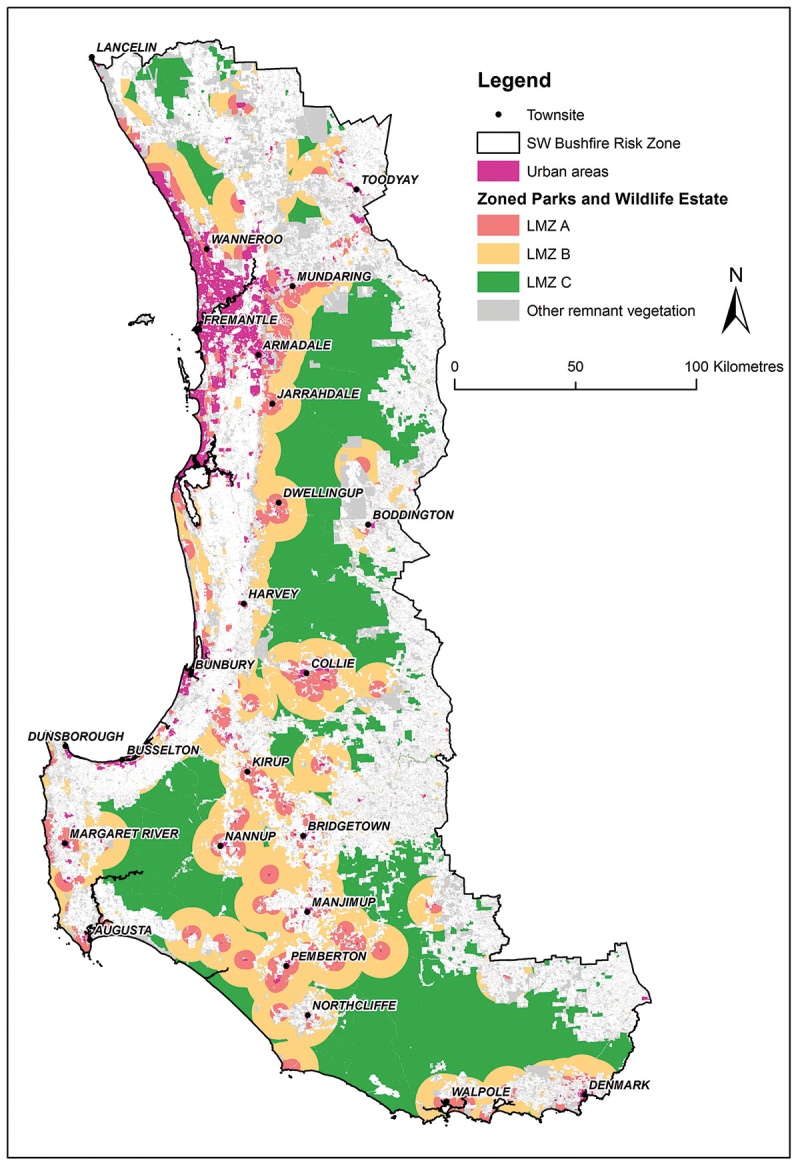
Table 8: 2021–22 LMZ prescribed burning achievements
| LMZ | Distance from populated area | Nominal 2021–22 target (ha) | Achieved (ha) | Percentage of target |
|---|---|---|---|---|
| A | within 3.5km< | 20,000 | 13,582 | 68 |
| B | 3.5–11km | 70,000 | 42,591 | 61 |
| C
|
beyond 11km | 110,000 | 128,322 | 117 |
ii. To maintain a fuel age of less than six years since last burnt in at least 45 per cent of the landscape across the department’s three south-west forest regions.
A 2009 study in the south-west forests undertaken by Dr Matthias Boer and others determined that prescribed fire treatments had a significant effect on reducing the frequency and size of bushfire up to six years after treatment. ‘The proportion of department-managed land in the south-west forest regions that is less than six years since last burnt’ is therefore used as an annual indicator of the effectiveness of the department’s prescribed burning program in mitigating bushfire risk.
To achieve the 45 per cent target, the department aims to conduct prescribed burning over at least 200,000 hectares per annum. At 30 June 2022, 46.4 per cent of the landscape had a fuel age of less than six years, compared to 48 per cent one year earlier. The reduction is due to large areas of land impacted by bushfire in 2015–16 attaining an age of 6 years.
iii. Ratio of CALM Act tenure land affected by bushfire (where the department was the initial attack agency), to prescribed burn area.
This is one of a suite of national reporting measures on the state of Australian forests. There is no specific target for this measure. The assumption underlying this measure is that environmental integrity and functionality will be greater where prescribed fire comprises a greater proportion of the total fire load. The ratio for 2021–22 was 1:0.238 (prescribed burning 146,154 hectares: bushfire 34,856 hectares).
Performance highlights
- In 2021–22 the department achieved 192,257 hectares of prescribed burning in the south-west forest regions with assistance from additional State Government funding of $5.5 million via the Enhanced Prescribed Burning Program.
- A further 4,699,853 hectares was burned in the department’s other six regions: the Kimberley, Pilbara, Goldfields, Midwest, Wheatbelt and South Coast. These prescribed burns were carried out on department-managed land, unallocated Crown land and unmanaged reserves, often in conjunction with other land managers, including traditional owner groups.
- In conjunction with DFES, the department developed a reference document, Cultural and Contemporary Burning in Western Australia, to provide information on how the department approaches the intersection between cultural and contemporary burning practices and their differences.
- The department continued to improve gender diversity across the fire management workforce through its Women in Fire Management Action Plan 2019–22, with increased female representation in permanent fire management and frontline firefighter positions.
- The department continued to collaborate with DFES and other emergency services organisations, local government, FPC, plantation owners, volunteer bushfire brigades, traditional owners and private landholders, on the integration of shared responsibilities for fire management, mitigation and bushfire response activities.
Prescribed fire planning and risk management
- The department continued implementing the Bushfire Risk Management Framework.
- Through its ongoing assurance program, the Office of Bushfire Risk Management considered a range of the department’s prescribed fire planning processes in the Warren Region. The findings confirmed that the department’s processes for planning and implementing prescribed burning align with ISO 31000:2018, the international standard for risk management.
- The department continued to work closely with DFES and local government authorities to elevate standards of prescribed burning practice across the sector and to achieve more effective, tenure-blind bushfire risk management, particularly in the more densely populated areas of the south-west.
- A balance was achieved in the delivery of prescribed burning programs, minimising negative outcomes such as smoke accumulation, for stakeholders and the broader community.
- Coordination of fire management across the Kimberley Region continued to achieve nature conservation and land management outcomes in an environment of tenure complexity, Native Title determinations and multiple landowners and organisations delivering fire to the landscape.
Bushfire risk management on unallocated Crown land
- The department is responsible for the coordination and on-ground management of bushfire risk through targeted bushfire mitigation on 91.3 million hectares of unallocated Crown land and unmanaged reserves outside the Perth metropolitan area and townsites.
- Significant on-ground bushfire mitigation work was made possible through the continued strategic investment of funding from the State Government’s Mitigation Activity Fund to protect communities, economies, infrastructure and the environment through planned and targeted bushfire risk management.
- 291km (2131 hectares) of modified vegetation buffers, 2500km of fire access track and 680,739 hectares of prescribed burning were completed in 2021–22, complementing DFES and local government activities.
- The department continued to engage and build partnerships with stakeholders including Aboriginal groups and communities and neighbouring farmers and pastoralists, particularly in the Kimberley, Pilbara, Midwest, Wheatbelt, South Coast and Goldfields regions.
Fire Management Development Program
- The department’s Fire Management Development Program (FMDP) has 11 full-time equivalent participants working across several regions and districts with four participants currently undertaking promotional acting opportunities outside of the program.
- At 30 June 2022 there were three personnel participating in the FMDP Expansion Program, designed to fast-track enhanced knowledge and skills development of existing staff without requiring position transfers. The Expansion Program completed an intake recruitment process in late 2022. Four additional positions will be offered from this process during the 2022–23 financial year.
- The 2022 recruitment process resulted in 10 placements in the pool, of which 30 per cent were women. This recruitment process was targeted at PSA Level 1 and 2 personnel.
- The number of women who applied to join the FMDP decreased from 32 per cent to 26 per cent compared to the last recruitment process undertaken in 2020.
- The last three undergraduate participants completed their three-year term in 2021. A new recruitment process will be undertaken later in 2022 to fill these vacancies.

